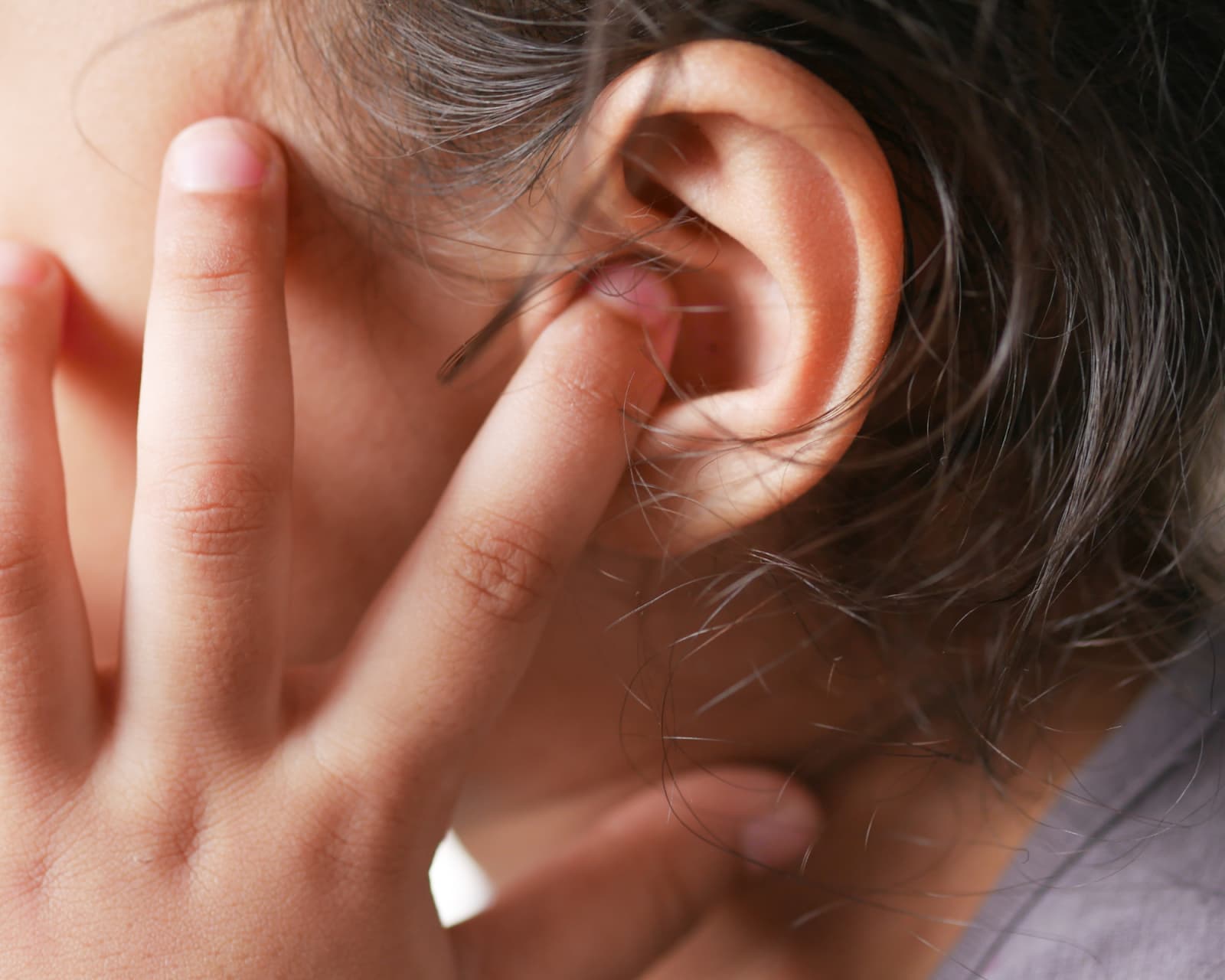We’ve all felt pressure in our ears at one time or another. Maybe it was while ascending in an airplane, driving in the mountains, or while in the grip of a cold. What causes that, and what can be done to fix it?
The middle ear and upper throat are connected by a small eustachian tube. These tubes are in charge of balancing ear pressure and removing fluid from the middle ear, which is the ear area located behind the eardrum. Except for when you chew, swallow, or yawn, the eustachian tubes are typically closed.
These narrow passageways are susceptible to clogging for many reasons. Pain, difficulty hearing, and an earful sensation can all be brought on by blocked eustachian tubes. Eustachian tube dysfunction is the name given to this occurrence (ETD).
ETD is a condition that affects nearly all people at some point. It may go away on its own or with at-home treatments, depending on the cause. Medical intervention might be necessary in severe or reoccurring cases.
What Are the Symptoms of Eustachian Tube Dysfunction?
What does eustachian tube dysfunction feel like? You may have the following symptoms:
- Difficulties hearing.
- Ringing in the ears (tinnitus).
- Sounds of popping or clicking.
- A sensation of heaviness in your ears
- An ache that feels like an ear infection.
- Balance issues, vertigo, or a dizzy feeling
- A tickling sensation
Higher elevations may exacerbate symptoms of eustachian tube dysfunction. This condition is known as barotrauma, and it can occur while scuba diving, flying, or driving through mountainous terrain.
What Is The Cause Of Eustachian Tube Dysfunction?
The most frequent cause of ETD is when the tube swells (inflames) and fluid or mucus accumulates. This may be brought on by allergies, the flu, sinusitis, or a cold. Some people are more susceptible to Eustachian tube dysfunction than others. They include:
Children – Compared to adult tubes, their tubes are shorter and straighter. This facilitates the spread of germs and fluid accumulation in the middle ear. Children’s immune systems are also still developing. They find it more challenging to fight off infections as a result.
Cigarette smokers – Smoking causes cilia damage (the tiny hairs that sweep mucus from the middle ear to the back of the nose). Mucus may collect in the tubes as a result of this.
Obese People: Dysfunction of the Eustachian tubes can be caused by fatty deposits around the tubes.
What Variations Of Eustachian Tube Dysfunction Exist?
Eustachian tube dysfunction comes in a variety of forms. The most prevalent types are patulous ETD, obstructive ETD, and baro-challenge-induced ETD.
- Patulous ETD
You always have open eustachian tubes. As a result, your voice may sound distorted because the sound may pass from your nasal cavity to your ears. - Obstructive ETD
You don’t have a proper opening of your eustachian tubes. Fluid builds up, as a result, resulting in pressure or ear pain. - ETD Induced By A Baro Challenge
Your eustachian tubes don’t open properly, which causes obstructive ETD and baro-challenge-induced ETD. With baro-challenge-induced ETD, however, symptoms only appear when you change altitude.
How Do You Clear A Blocked Eustachian Tube?
In most cases, Eustachian tube dysfunction symptoms go away on their own. However you can
feed your child if you suspect they have a Eustachian tube disorder. A pacifier works for babies and toddlers. The swallow reflex is encouraged by these.
If none of these tactics work, your doctor might suggest other possibilities. These may include:
- Lowering the swelling of the tubes’ lining by taking a decongestant.
- Utilizing a steroid nasal spray or an antihistamine to reduce allergic reactions.
- Suctioning out the middle ear fluid after making a tiny incision in the eardrum. As the eardrum heals, this gives the Eustachian tube lining time to contract (usually 1 to 3 days).
- Putting tiny tubes inside the eardrums enables the middle ear’s accumulated fluid to drain. Sometimes tubes are inserted in the ears of kids who frequently get ear infections. They can remain in for up to 18 months before leaving on their own.
- Using a balloon dilation system: To place a tiny balloon through your nose and into the Eustachian tube, a doctor will use a catheter, which is a long, flexible tube. The balloon creates a passageway through the tube so air and mucus can pass through it when inflated.
How to Fix Eustachian Tube Dysfunction
You can try the following at home to relieve the feeling of fullness in the ear:
- Chewing gum
- Swallowing.
- Yawning.
- Exhale with your mouth and nostrils closed.
- Using a saline nasal spray to assist with clearing the airways
- Give your baby a bottle or pacifier to suck on to relieve ETD’s minor symptoms.
Risk Factors
Anyone can occasionally experience Eustachian tube dysfunction, but some people are more prone to this condition than others.
- Fat deposits may build up around the eustachian tubes due to obesity, which can increase your risk.
- Smoking increases the likelihood of mucus becoming stuck by harming the middle ear’s cilia, which serve as protective hairs.
- Allergy sufferers are at higher risk because they may produce more mucus and have more congestion.
ETD is more likely to affect children. They have smaller eustachian tubes, which increases the possibility that mucus and germs will get trapped. Due to their immature immune systems, they experience colds more frequently and are more vulnerable to infections.
How Long Does Eustachian Tube Dysfunction Last?
Problems are typically resolved with home care within a few days. Medical attention is needed if you’ve tried home care to no avail. Please contact us at El Dorado Hearing to get you hearing and feeling better today!




Leave a Reply